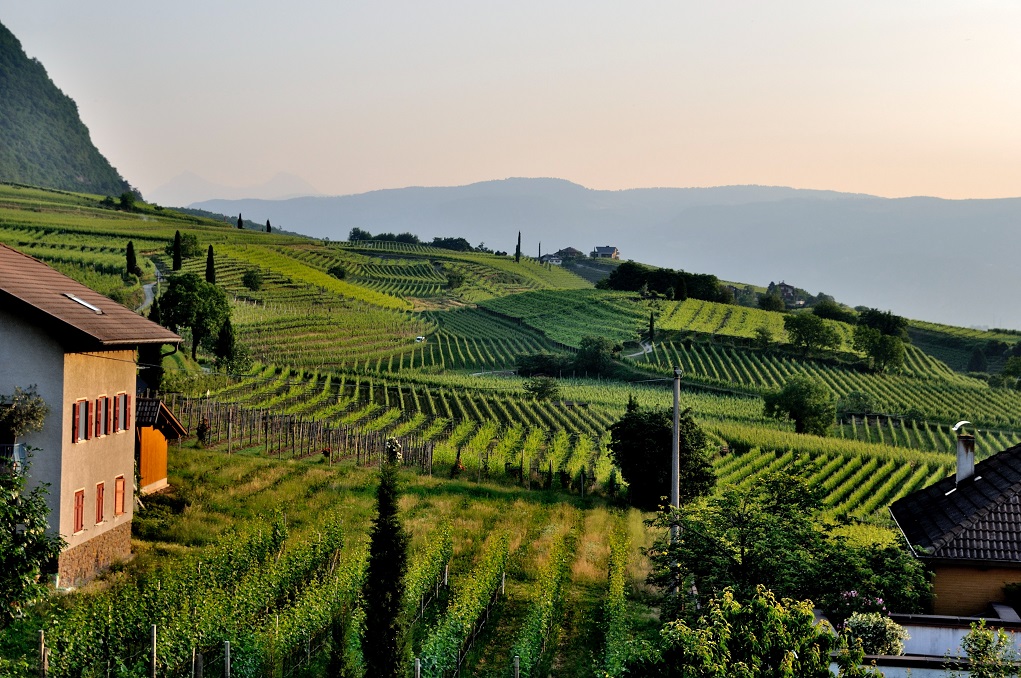Our house expert Karel de Graaf follows his eternal love of wine across Europe, but just as happily looks for it closer to home. Like his own vineyard in Burgundy, not only an area he almost single-handedly put on the Dutch wine map, but also a generous muse who regularly figures in his stories. In this Winelife, he sheds light on the sometimes hard-to-penetrate forest of production structures in Burgundy. TEXT KAREL DE GRAAF | IMAGE PEXELS.COM
Burgundy upside down
Until the 1930s, the life of an average farmer in Burgundy was fairly straightforward. As a farmer, you grew grapes. You leased the land for a fee or owned it. You sold the harvest to one of the big trading houses in Beaune or Nuits-Saint-Georges. They took care of the rest.
Serious competition
The big trading houses thus largely determined prices. After the stock market crash of 1929, this took a turn for the worse. The demand for Bourgognes went down, with the result that wine farmers were left with their harvest or had to sell it at far too low prices. Hence, some of the farmers decided to partly vinify, raise and market the harvest themselves. With some pride, these propriétaires-récoltants henceforth, the place of bottling on the label: au domaine, au château or to the property. The farmer thus became responsible for the whole process and was promoted from grape grower to winemaker. Extra efforts to grow grapes of the highest possible quality were suddenly rewarded. This gave the trading houses serious competition, not so much on price but on quality. Thus, the above-mentioned indications on the label became a kind of quality mark.
Fancy
Indeed, the quality of the wines produced by trading houses often left much to be desired, especially in the 1970s and 1980s. Scandals involving fraud and the blending of expensive Bourgognes with cheap wine from the Rhône or Languedoc, for example, did the reputation of trading house wines no favours. On top of that, the wines were often marketed under all kinds of fancy labels, where the name of the trading house could only be traced with great difficulty. Although that reputation has improved somewhat since then, fancy labels are still commonplace.
Friction
Of course, vinifying, raising, bottling and selling it yourself required investment. So it was certainly not for every farmer. Dissatisfied with the power of the trading houses and influenced by socialism, many farmers, especially in the second half of the 1920s, had already united in cooperatives, sharing these costs. It was then up to the elected board of the cooperative to choose quality or volume. This often led to friction, so quality-conscious farmers went into business for themselves as soon as they could.
In the latest Winelife Magazine edition #70, read more about Burgundy upside down. You can order this one here.
Don't want to miss a single edition? Subscribe then subscribe to Winelife Magazine now!
Want to stay up to date with the best articles? Follow Winelife magazine on Instagram, Facebook and sign up for our fortnightly newsletter.




